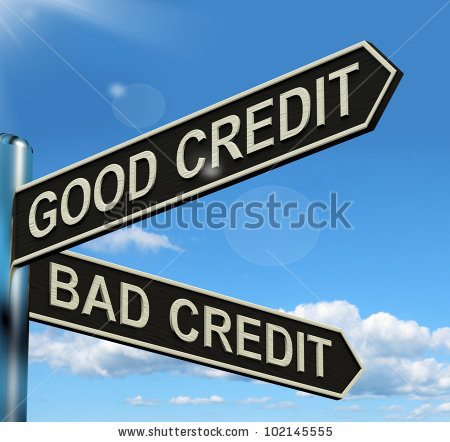“If ever there was proof positive that ratings were a lagging indicator, it’s certainly been true with the way the rating agencies have responded to Europe’s three-year debt crisis.”
-Bonnie Baha, the head of global developed credit at DoubleLine Capital.
One of the unrepentant and unprosecuted villains of the credit crisis were the major ratings agencies, especially Moody’s and S&P. They slapped triple AAA ratings on securitized products that were junk. They did so not due to an error or omission or miscalculation, but rather, because they were paid to do so by the underwriters of those products.
They were, in a word, corrupt.
The net results of that corruption is starting to show up in how credit buyers treat their ratings. For that, we go to a fascinating article in Bloomberg this morning:
The global bond market disagreed with Moody’s Investors Service and Standard & Poor’s more often than not this year when the companies told investors that governments were becoming safer or more risky.
Yields on sovereign securities moved in the opposite direction from what ratings suggested in 53 percent of the 32 upgrades, downgrades and changes in credit outlook, according to data compiled by Bloomberg. That’s worse than the longer-term average of 47 percent, based on more than 300 changes since 1974. This year, investors ignored 56 percent of Moody’s rating and outlook changes and 50 percent of those by S&P.”
There are lots of reasons to doubt the value, even the validity of Ratings Agencies view of credit. Off the top of my head, I can think of four:
1. Broken Business Model: Ratings used to be supported by bond buyers through a subscription model. In the 1990s, it morphed into an underwriter paid for model, also known as Pay for Play.
2. Lagging the markets: Credit Ratings are lagging, chasing changes that have been largely priced into the market already.
3. Error Prone Models: The Treasury said S&P made a colossal $2 trillion error in its calculations, leading to a shift in S&P budget projections. Whether this was due to inherent problems in the models or simply poor execution, the net results were the same.
4. NRSROs: The SEC recognition of NRSROs seem to have created a moral hazard of relying on ratings. We may even have an institutional error built into credit markets.
It is encouraging to see credit buyers doing their own research and ignoring the failed ratings agencies.
Source:
Moody’s Gets No Respect as Bonds Shun 56% of Country Ratings
John Detrixhe & Matt Robinson
Bloomberg, December 17, 2012
http://www.bloomberg.com/news/2012-12-16/moody-s-getting-no-respect-as-bonds-shun-56-of-country-ratings.html



What's been said:
Discussions found on the web: